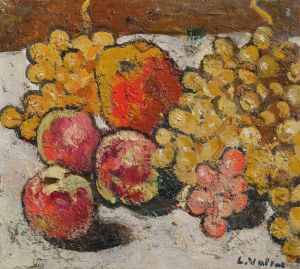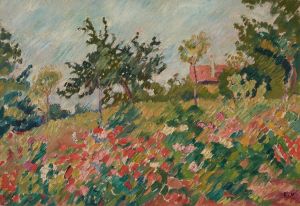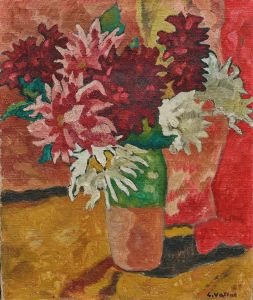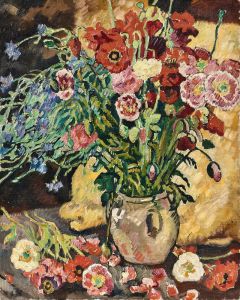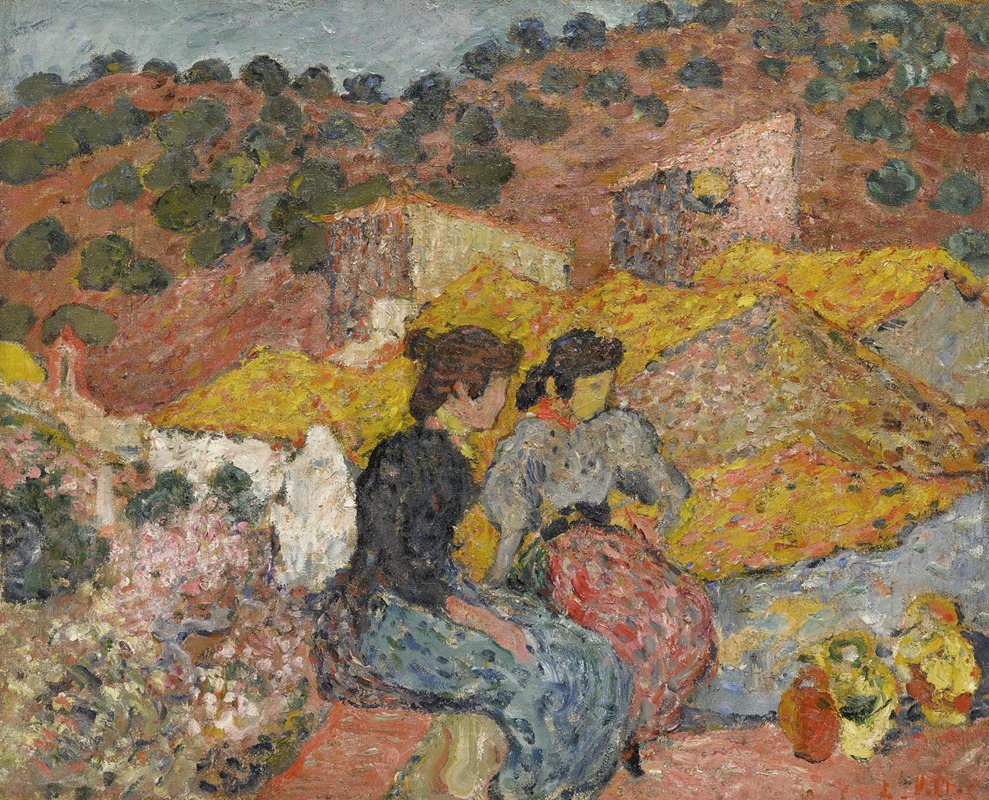
Espagnoles à la fontaine
A hand-painted replica of Louis Valtat’s masterpiece Espagnoles à la fontaine, meticulously crafted by professional artists to capture the true essence of the original. Each piece is created with museum-quality canvas and rare mineral pigments, carefully painted by experienced artists with delicate brushstrokes and rich, layered colors to perfectly recreate the texture of the original artwork. Unlike machine-printed reproductions, this hand-painted version brings the painting to life, infused with the artist’s emotions and skill in every stroke. Whether for personal collection or home decoration, it instantly elevates the artistic atmosphere of any space.
Louis Valtat (1869–1952) was a French painter associated with the Fauvist movement, known for his vibrant use of color and innovative approach to light and form. One of his works, Espagnoles à la fontaine (translated as "Spanish Women at the Fountain"), exemplifies his distinctive style and thematic focus. Painted in the early 20th century, this artwork reflects Valtat's interest in capturing everyday scenes infused with vivid colors and dynamic compositions.
Valtat was born in Dieppe, France, and studied at prestigious art institutions such as the École des Beaux-Arts and the Académie Julian in Paris. His artistic career spanned several decades, during which he experimented with various styles, including Impressionism and Post-Impressionism, before becoming one of the pioneers of Fauvism. While not as widely recognized as Henri Matisse or André Derain, Valtat played a significant role in the development of modern art, particularly through his bold use of color and simplified forms.
Espagnoles à la fontaine depicts a group of women, presumably of Spanish origin, gathered around a fountain. The painting is characterized by its rich palette, with warm tones dominating the composition. Valtat's brushwork is expressive and fluid, capturing the movement and vitality of the scene. The figures are rendered with a sense of immediacy, emphasizing their connection to the surrounding environment. The fountain, a central element in the composition, serves as both a physical and symbolic focal point, highlighting the communal and social aspects of the scene.
This painting reflects Valtat's interest in Mediterranean themes and his fascination with the interplay of light and color. Like many of his contemporaries, he was inspired by the landscapes and cultural motifs of southern Europe, which provided a rich source of inspiration for his work. The influence of Fauvism is evident in the painting's bold color contrasts and simplified forms, which convey a sense of energy and spontaneity.
Valtat's works, including Espagnoles à la fontaine, are held in various private and public collections worldwide. While he may not have achieved the same level of fame as some of his peers, his contributions to modern art remain significant. His ability to blend traditional subject matter with innovative techniques has earned him a lasting place in the history of 20th-century painting.







